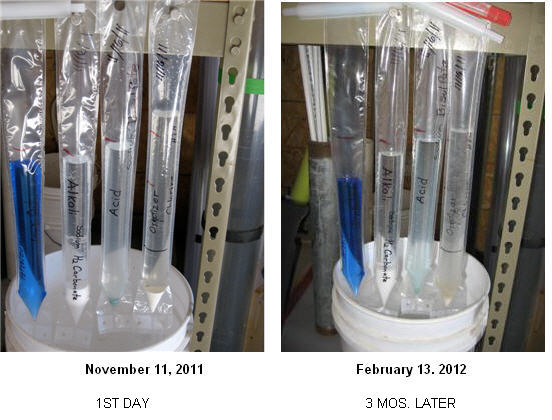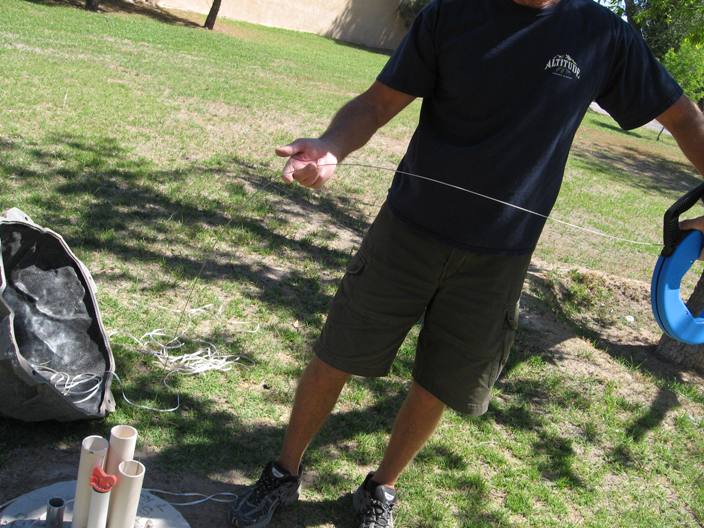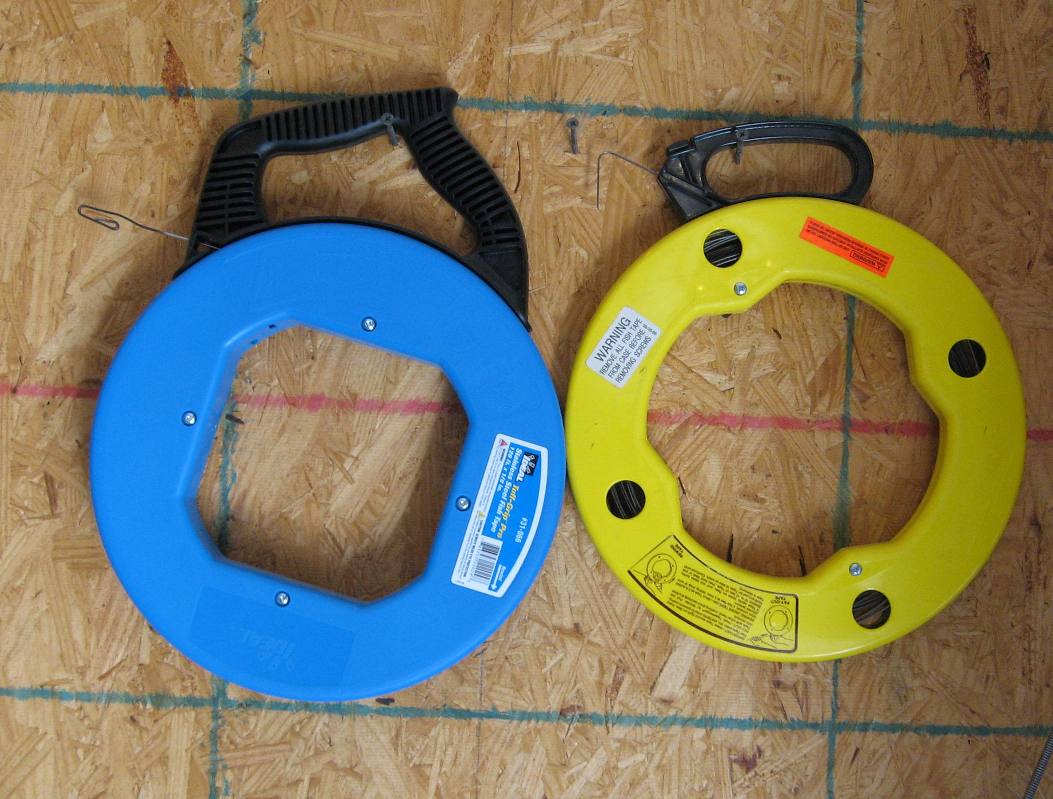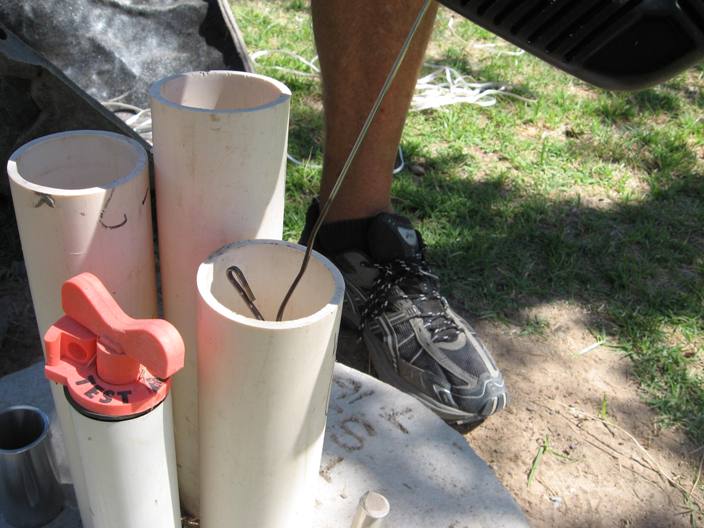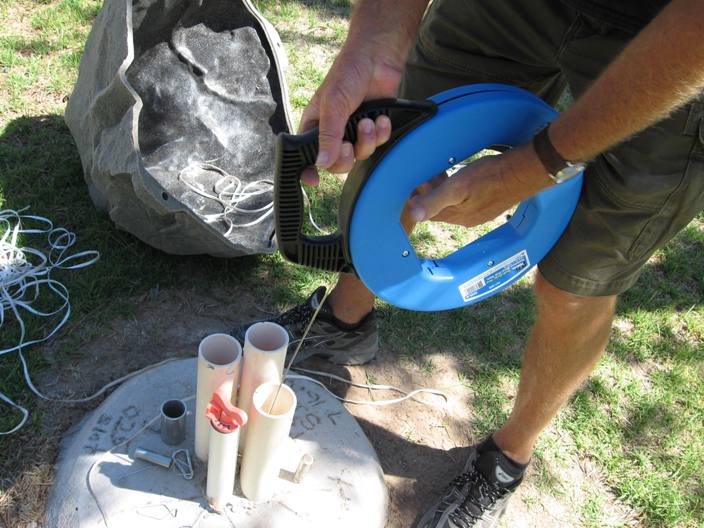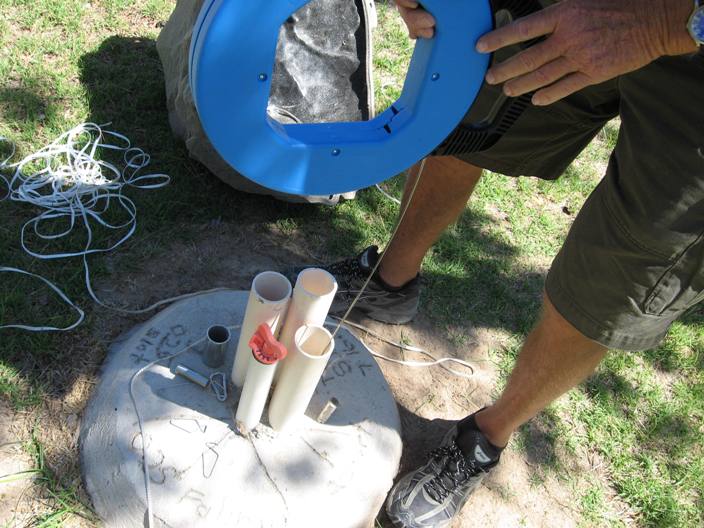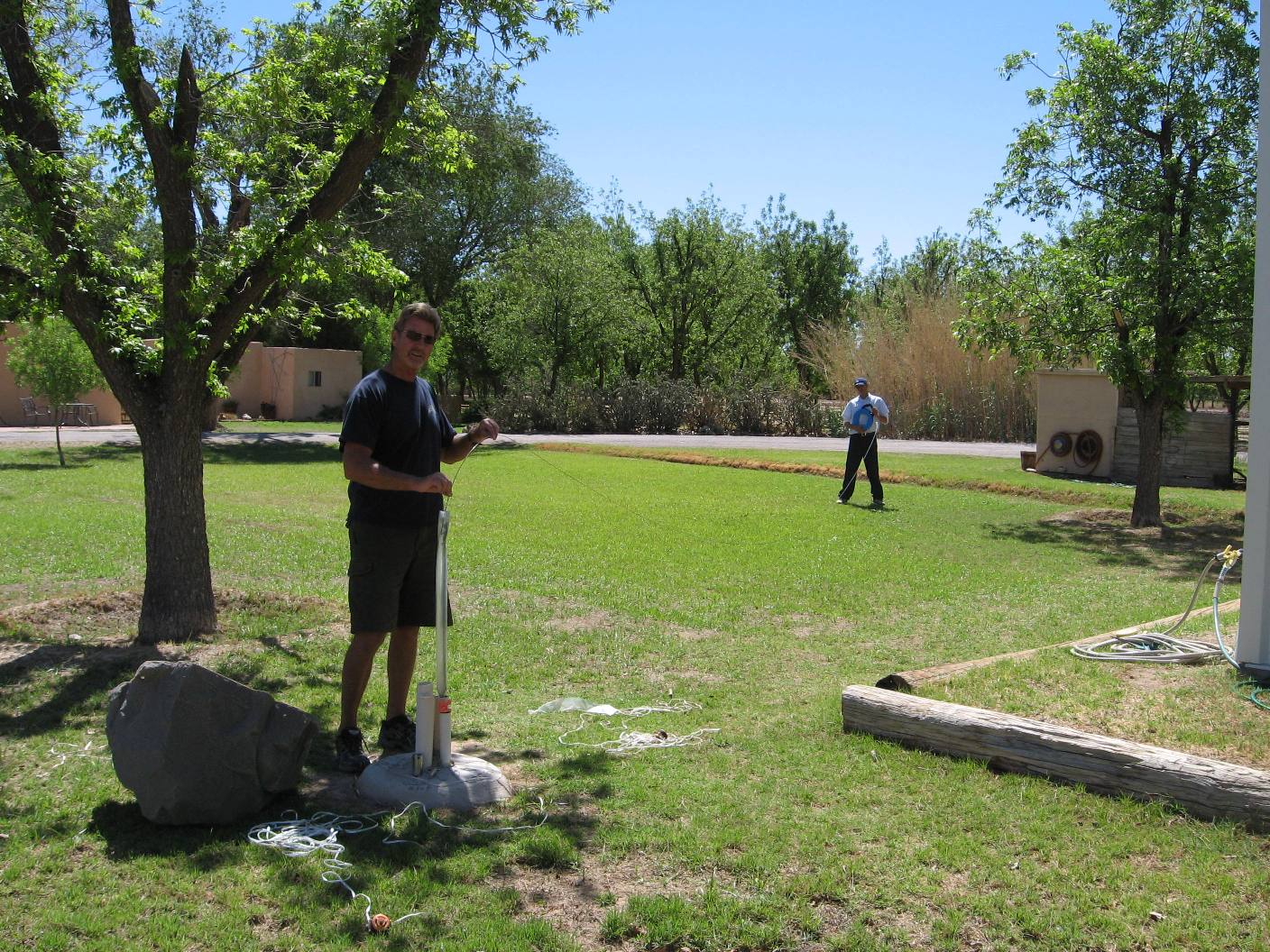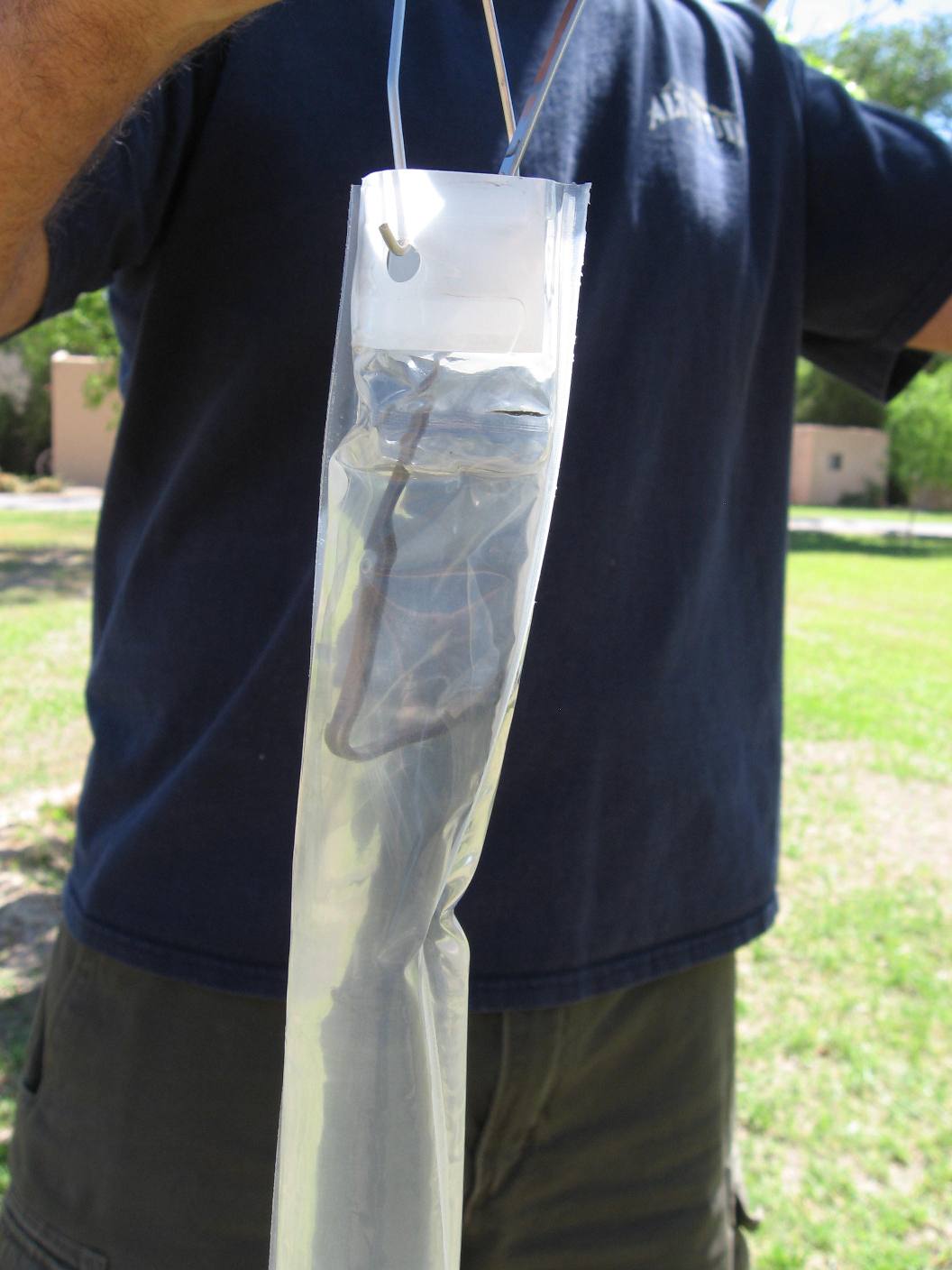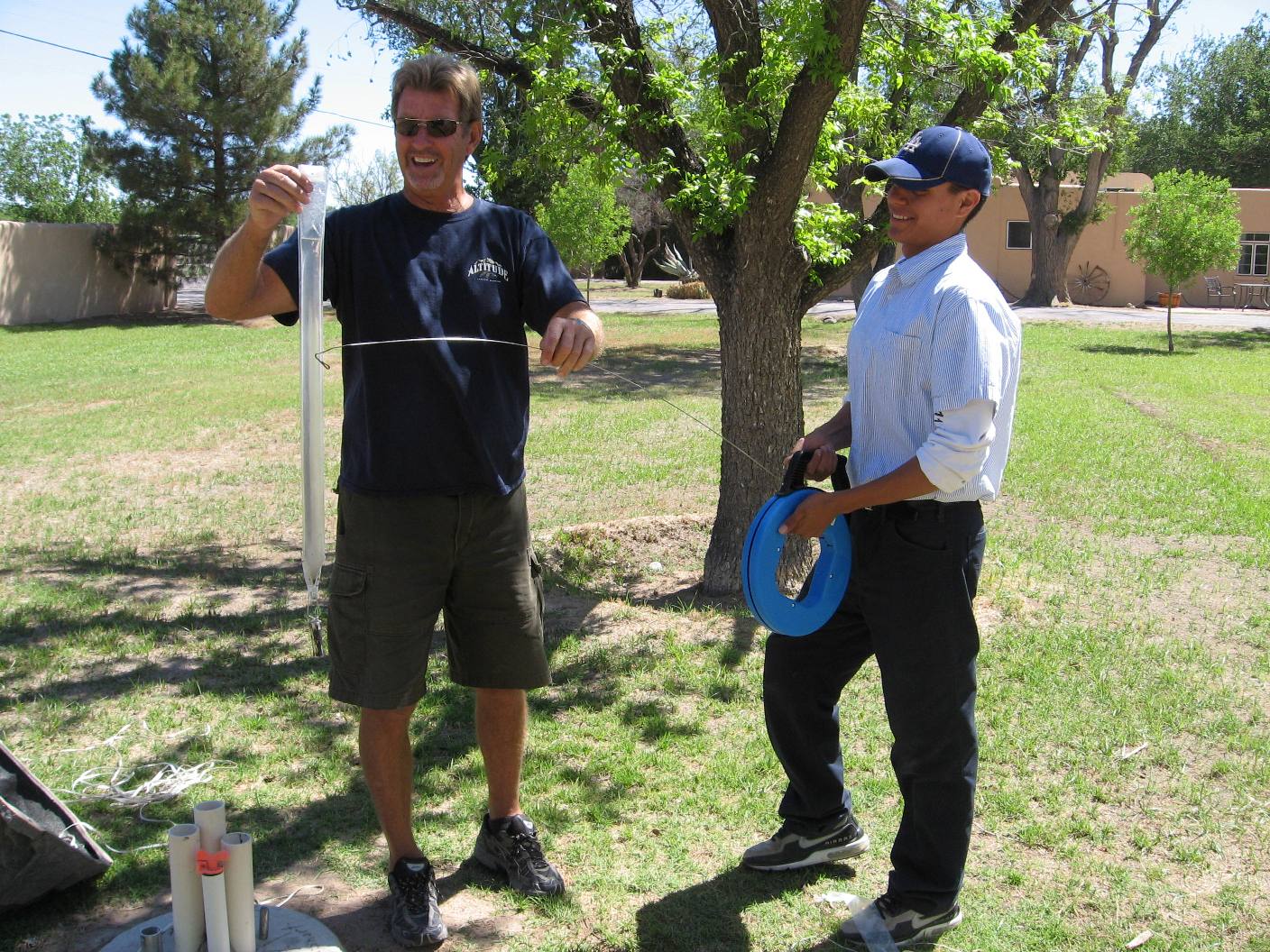Recently HydraSleeve users have expressed much interest in using the Super/SkinnySleeves simply to gain more volume from sampling 2-inch wells. Our large Super/SkinnySleeve holds 2 liters and fills within a 5-foot zone; the small Super/SkinnySleeve holds 1 liter and fills within a 3-foot zone. The SuperSleeves are designed with a 1:1 fill rate and are typically sold with a SuperSleeve or SkinnySleeve Top Weights to compress the sleeve into the bottom of the well. However, there are circumstances where you don't really need the compression, yet you would like to use a Super/SkinnySleeve for maximum volume - or a combination of two SuperSleeves with one compressed in the bottom and the other suspended above this in the well.
So how do you attach a Super/SkinnySleeve to the tether if you don't need the Top Weight?
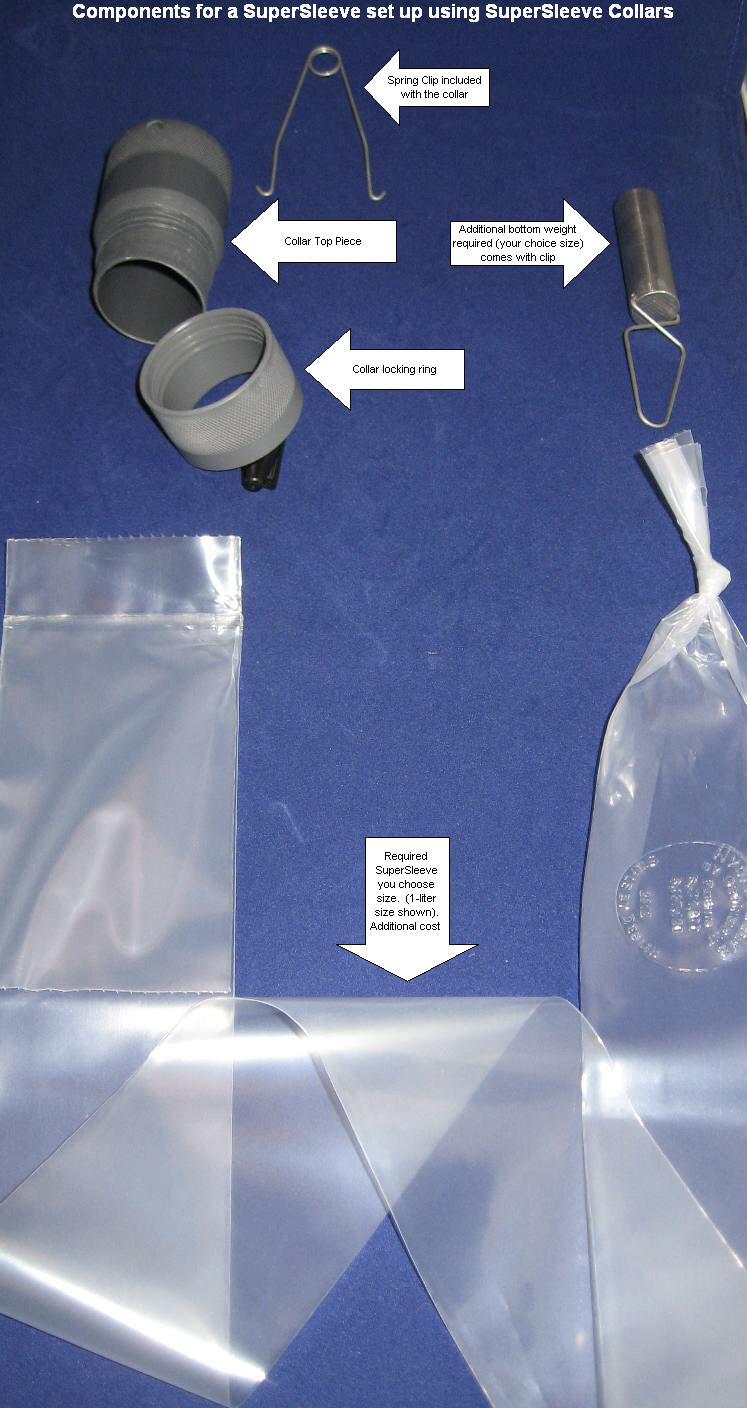
The PVC Collar (seen here) can be used just for this purpose. See the components above. The Super/SkinnySleeve threads into the collar just like the top weight, however it is not heavy enough to compress the sleeve. It consists of two knurled pieces of PVC which thread together and a spring clip is included with each collar. The top portion is exacly the same as the top piece of the Top Weight; the bottom portion is a simple PVC threaded ring which takes the place of the stainless steel portion of the SuperSleeve Top Weight.
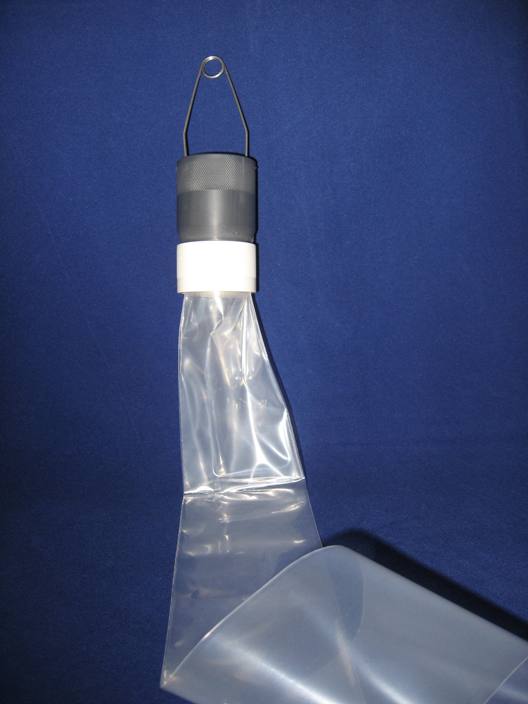
A great example for using these collars would be when you want to sample a complete 10-foot zone using HydraSleeves. This can be accomplished by using a 2-liter SuperSleeve complete with a SuperSleeve Top Weight at the bottom of the well and then suspend another 2-liter SuperSleeve directly above that using a PVC Collar. When you retreive the two SuperSleeves the result will be a complete "core" sample of water from top-to-bottom of a 10-foot interval. Careful decanting can deliver a vertical profile of the entire 10-foot zone.
The following PVC Collars are available:
Schedule 80 2-inch wells require the SkinnySleeve PVC Collar which has an OD of 1.5 inches.
Schedule 40 2-inch wells require the SuperSleeve PVC Collar which has an OD of 1.9 inches..

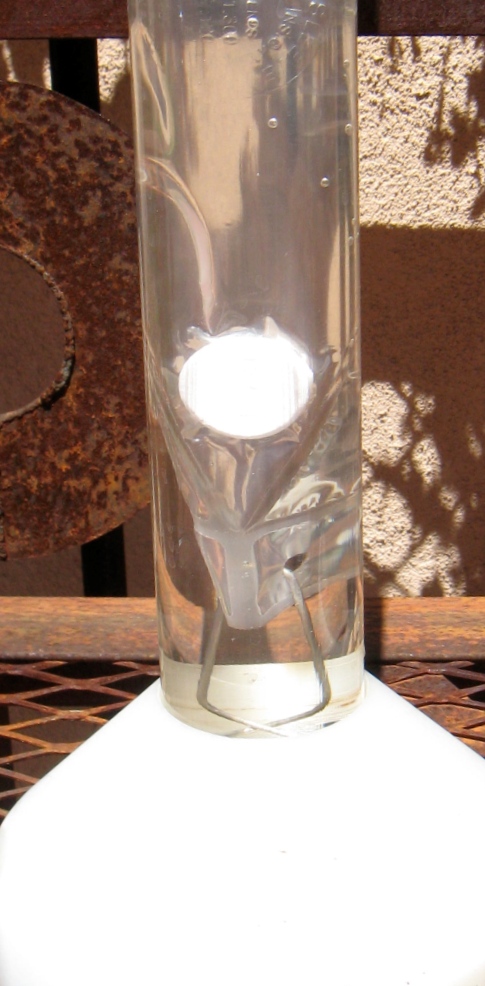 We have tested this theory in standpipes under lamp oil to show that there is no deterioration of the material and no seepage into the bag as they sit in the water. A simple Alka-Seltzer tablet placed inside the bag shows that no water gets inside until the unit is retrieved. We have also filled several HydraSleeves with varying degrees of contaminants and, to date, no deterioration of the material has been discovered.
We have tested this theory in standpipes under lamp oil to show that there is no deterioration of the material and no seepage into the bag as they sit in the water. A simple Alka-Seltzer tablet placed inside the bag shows that no water gets inside until the unit is retrieved. We have also filled several HydraSleeves with varying degrees of contaminants and, to date, no deterioration of the material has been discovered.